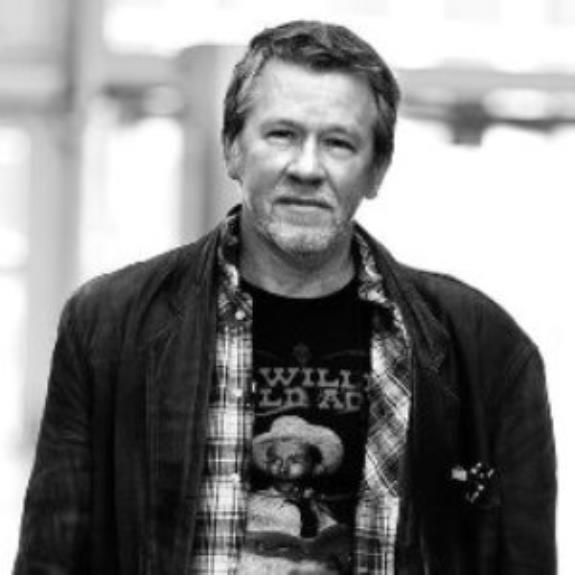We use cookies on this website. Cookies help us deliver the best experience on our website. Read about cookies.
-
- Education
- Education
- Programmes and courses
- Applications and admissions
- Tuition fees
- Scholarships
- Exchange studies at Malmö University
- Study Guidance
-
- After admission
- After admission
- Moving to Malmö
- Pre-orientation
- Arrival guide
-
- About studies at Malmö University
- About studies at Malmö University
- Why choose Malmö University
- Understanding university studies
- Connect with our students
On the page -
- Research
- Research
-
- Doctoral studies
- Doctoral studies
- Doctoral courses
-
- Doctoral schools
- Doctoral schools
- Adaptation of urban space through sustainable regeneration
- ComBine
- Culturally Empowering Education through Language and Literature
- Education, Learning and Globalisation
- Finding ways in a time of great future challenges (FinnFram)
- Swedish National Graduate School in Science and Technology Education Research
- Learning in Multicultural Societal Contexts
- Pedagogy and Vocational Skills
- Relevancing Mathematics and Science Education (RelMaS)
- Sustainable Movement Education
- The National Research School for Professionals in Social Services
- Research subjects
-
- Research centres
- Research centres
- Biofilms Research Centre for Biointerfaces
- Citizen Health
- Imagining and Co-Creating Futures
- Institute for Urban Research
- Malmö Institute for Migration Studies
- Literacy and Inclusive Teaching
- Centre for Work Life Studies
- Sustainable Digitalisation Research Centre
- Centre for Sexology and Sexuality Studies
-
- Research publications
- Research publications
- Search for research publications in Diva
- Malmö University Press
- Research events
- Participate in a research study
- Coffee Break Quiz
On the page -
- Collaboration and Innovation
- Collaboration and Innovation
- Innovation
- Collaboration with students
-
- Collaborate with researchers
- Collaborate with researchers
- Labs and facilities
- Culture collaboration
- Support Malmö University
- Alumni & Friends
On the page -
- About us
- About us
-
- Faculties and departments
- Faculties and departments
-
- Faculty of Culture and Society
- Faculty of Culture and Society
- Department of Global Political Studies
- School of Arts and Communication
- Department of Urban Studies
-
- Faculty of Education and Society
- Faculty of Education and Society
- Department of Childhood, Education and Society
- Department of Sports Sciences
- Department of Culture, Languages and Media
- Department of Natural Science, Mathematics and Society
- Department of Society, Culture and Identity
- Department of School Development and Leadership
-
- Faculty of Technology and Society
- Faculty of Technology and Society
- Department of Computer Science and Media Technology
- Department of Materials Science and Applied Mathematics
- Faculty of Odontology
- University Dental Clinic
-
- Find and contact Malmö University
- Find and contact Malmö University
- Visit Malmö University
-
- News and press
- News and press
- Graphic manual
- Map of the buildings (Google Maps)
- Merchandise
- Supplier information and invoice management
- Whistleblowing
- Management and decision-making paths
-
- Malmö University's strategy 2030
- Malmö University's strategy 2030
- Sustainability
- Widened recruitment and participation
- Quality assurance work at the University
-
- Malmö Academic Choir and Orchestra
- Malmö Academic Choir and Orchestra
- Student work – video pieces
-
- Annual Academic Celebration
- Annual Academic Celebration
- Academic traditions
- Meet our new professors
- Meet our new doctors
- Honorary doctors
- The University in a troubled world
On the page
Horses and Humans – a Sports Science Perspective
Equestrian sports and the horse industry are large in Sweden which makes issues concerning horses and humans important. By studying how horses have been handled, it is possible to study the development of society as a whole, and not least the relationship between people and animals in different spaces and periods.
Our Research
There are approximately 355,000 horses in Sweden, which is among the most horse-dense (horses per capita) countries in Europe. Estimates show that the horse industry has a turnover of approximately SEK 32 billion per year. A large part of this is gambling, but it also includes boarding, feed and bedding, goods and equipment, services (such as riding lessons and farriery).
The industry creates around 18,500 full-time jobs and generates leisure activities for many people of all ages. In Sweden, there are over 400 riding schools offering horse-riding for people of all ages and many people engage in equestrian activities in their spare time. Equestrian sport is one of the major sports for children and young people and one of the largest sports for people with disabilities.
Our research group works in a multidisciplinary way with researchers in sports science, sociology, history, gender studies, pedagogy, philosophy, media science and law.
In our research we have been interested in how:
- the role of the horse in society has changed over time.
- equestrian sport has gone from being an upper class and military sport for men, to becoming one of the major children's and youth sports populated mainly by girls and women.
- gender constructions in equestrian sport have been made and changed.
- ability and disability has been constructed in equestrian sports.
- riding schools have dealt with migration and integration.
- riding schools have managed increased costs for children and young people.
- horse tourism has developed.
- the role of riding instructors has changed.
- the increasing use of social media has affected the relationship between humans and horses and between people in the horse industry.
- how equestrian sport (as well as other sports) has increased among pre-school children.
- the culture surrounding equestrian sports can be a risk of injury.
- equestrian sport can be a safe environment.
- the impact of equestrian sport and how it has addressed environmental issues.
- our understanding of the horse's needs affects how we handle the horse.
Research projects
-
Research Project

Giving the Horse a Voice. Horse welfare and owner's awareness
susanna.hedenborg@mau.se1 January 2025 - 31 December 2027 -
Research Project

Riding Schools as Future Learning Centers for an Environmentally Just Equine Sector and Broader Society
susanna.hedenborg@mau.se1 January 2022 - 31 December 2025 -
Research Project

Mistra Sport and Outdoors
susanna.hedenborg@mau.se1 January 2020 - 30 June 2025
Scientists/Members
External group members
Research group facts
- Faculty and Department:
- Financers:
-
- Centrum för idrottsforskning
- Mistra
- Stiftelsen hästforskning
- Research subject:





